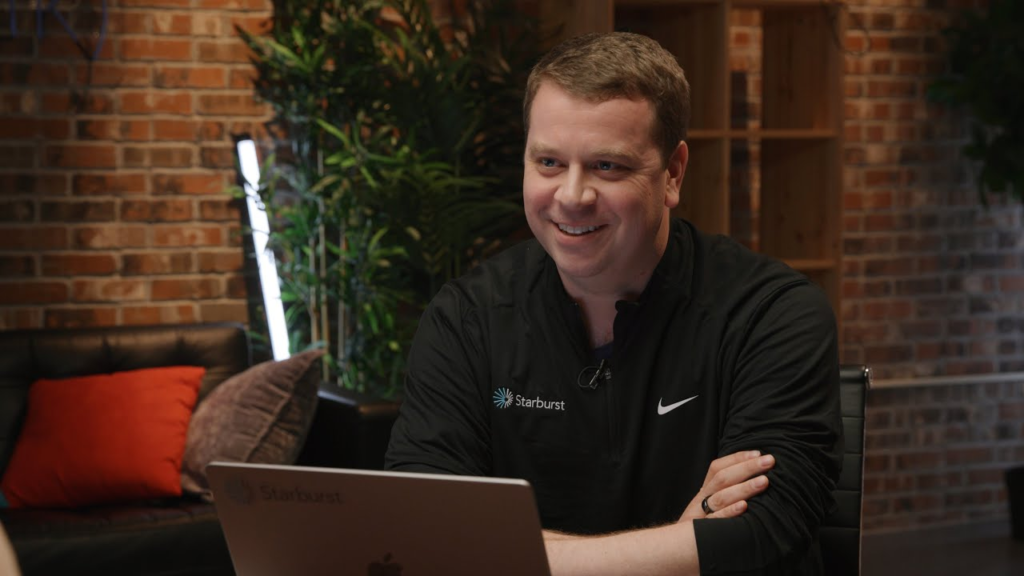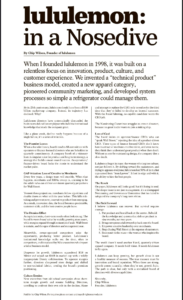Keith: And what problems are you solving? Obviously, you wouldn’t have started the company if there wasn’t a problem to fix. Matt: A few things. First, it’s about getting to the data where it is. We’re a powerful engine for querying data from data lakes.
But often the challenge is: how do you get the data into one place? We can augment that process by connecting to various sources. Especially with AI, the effectiveness of your model depends on the quality of the data it gets.
We think of ourselves as the fuel that powers AI. Also, we allow experimentation and production-level usage without forcing you to centralize everything. You can experiment quickly and move to production faster. Uniquely, we support both cloud and on-prem environments.
So we can reach across clouds, across regions—even back to on-prem. Keith: Was the growth of cloud computing one of the main reasons data started getting so fragmented? Matt: That’s part of it. Companies moved to the cloud but still have legacy systems on-prem.
Some keep data on-prem due to privacy or security needs. In M&A scenarios, a company might acquire another with data in Google Cloud while they use AWS. There are lots of reasons for the fragmentation. Keith: So, what kinds of problems would a company face if they weren’t using Starburst?
Matt: They’d likely need more tools and would rely heavily on ETL processes to move everything to one place. ETL has its role, but we don’t make it a requirement. You can connect directly to the data source, experiment, and decide whether you want to move it later.
This gives you faster time-to-value with less complexity. Keith: All right, let’s jump into the demo and see what you’ve got. Matt: Yeah, absolutely. Let me jump over here. In this demo, we’re pretending to be an airline or travel company. We have data across different sources.






